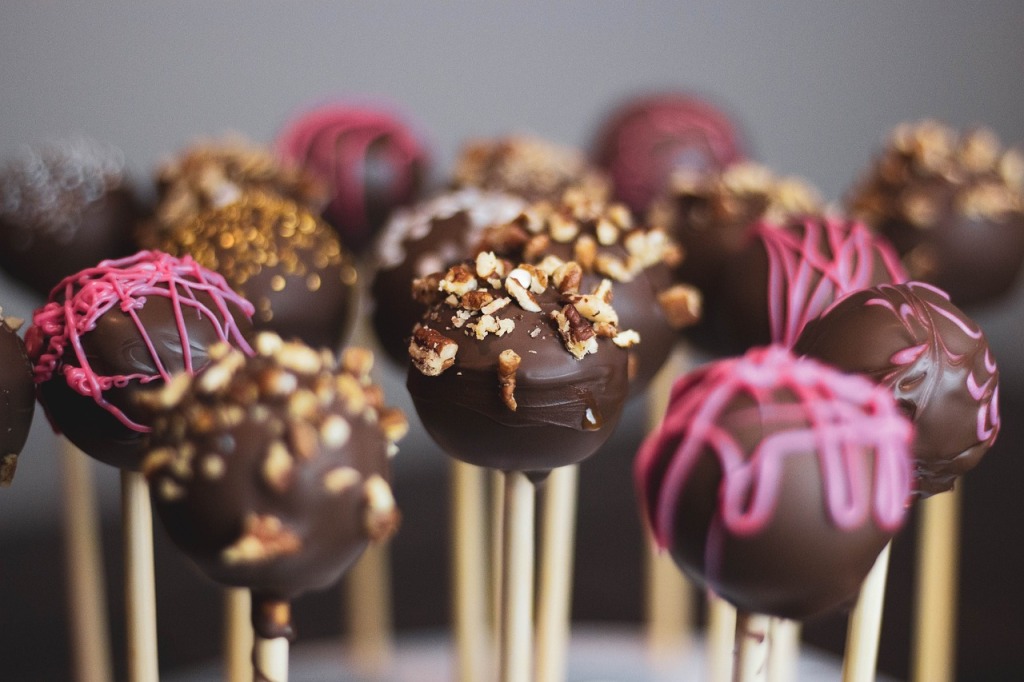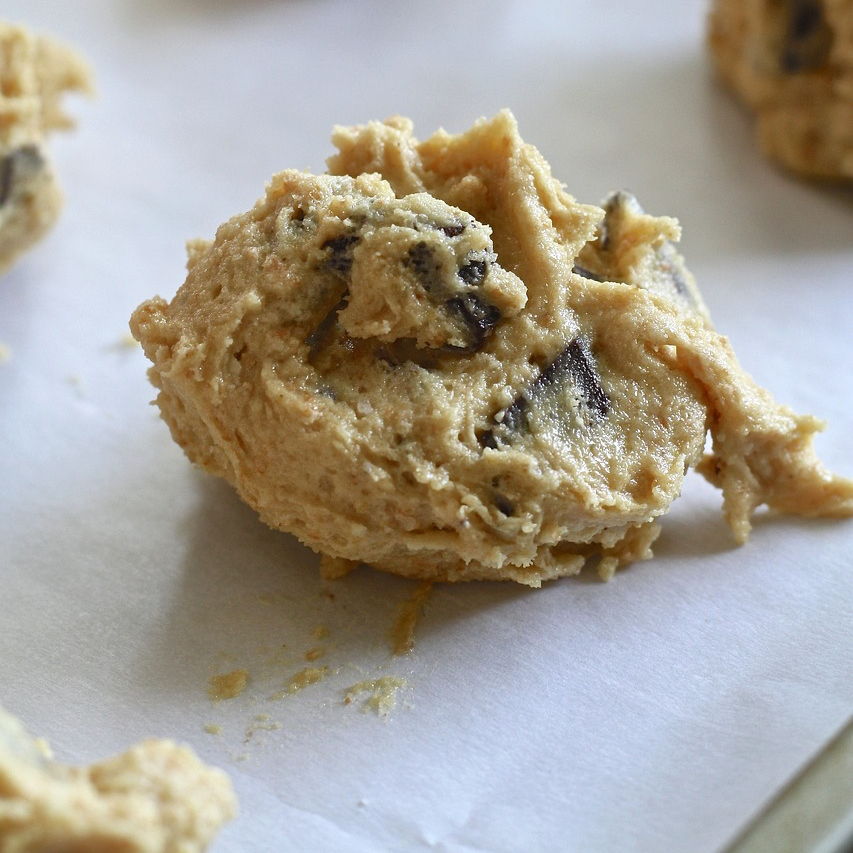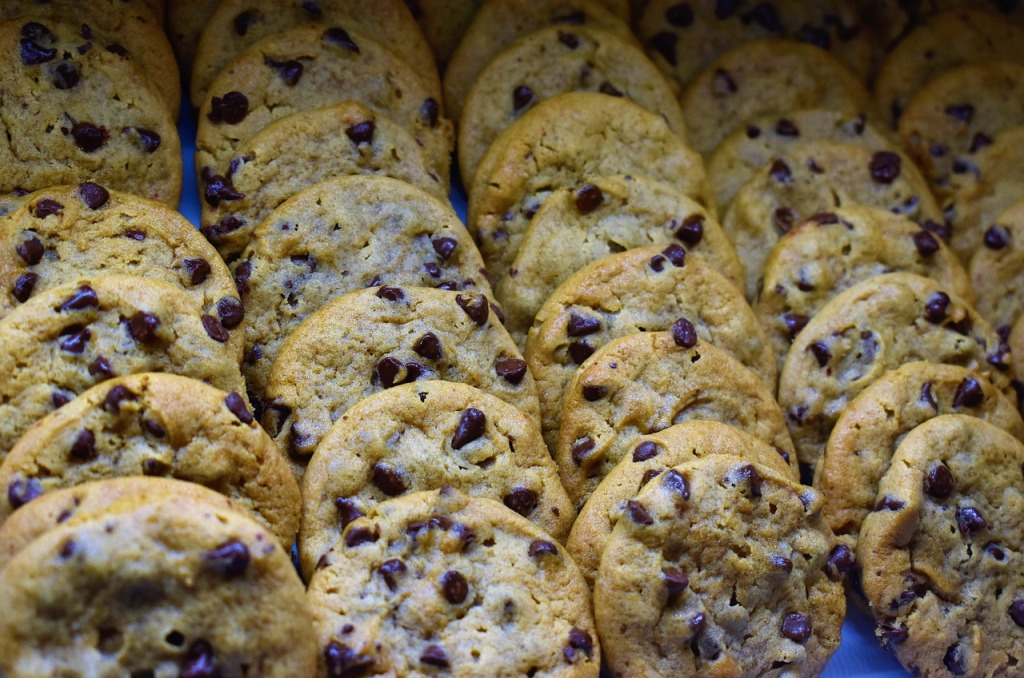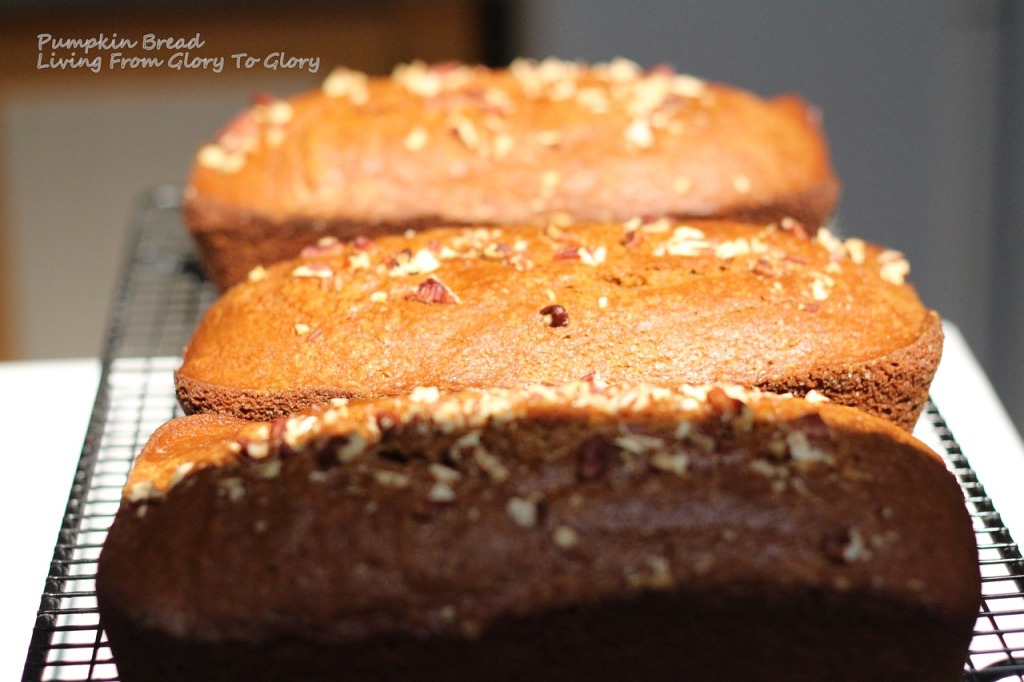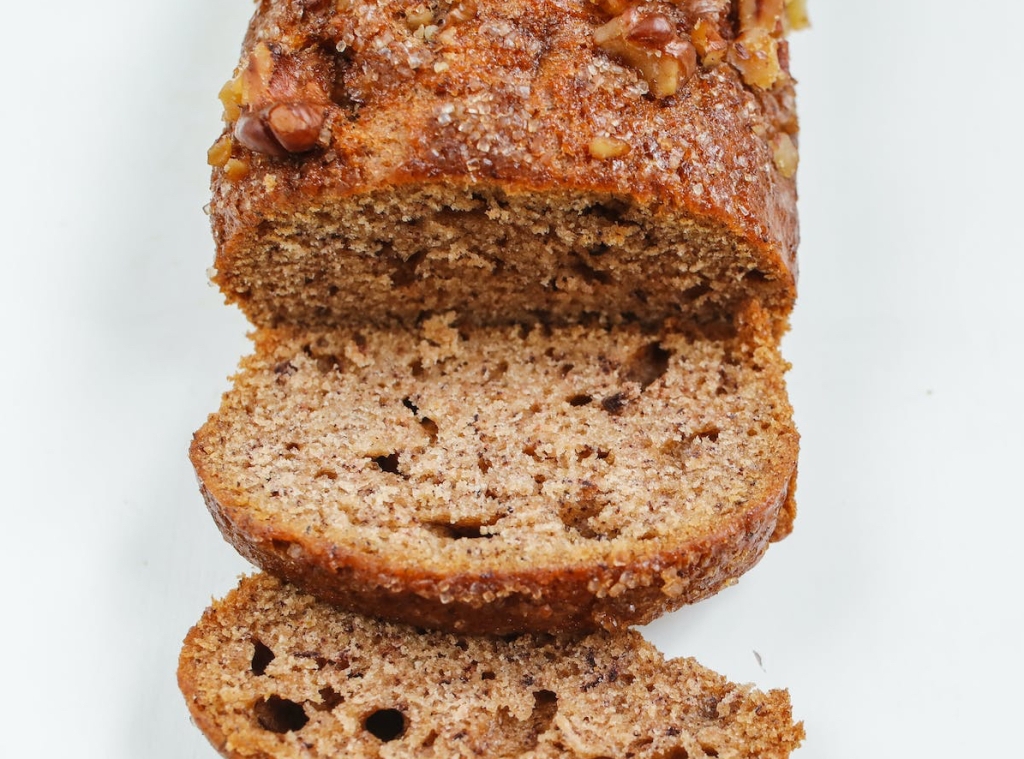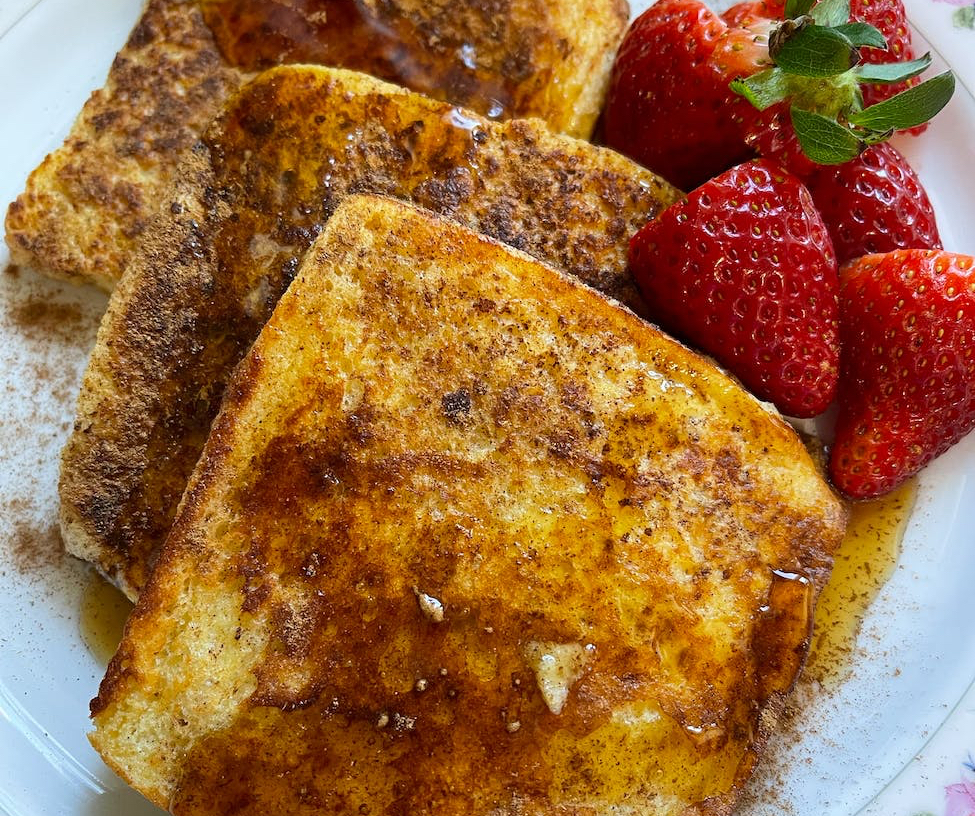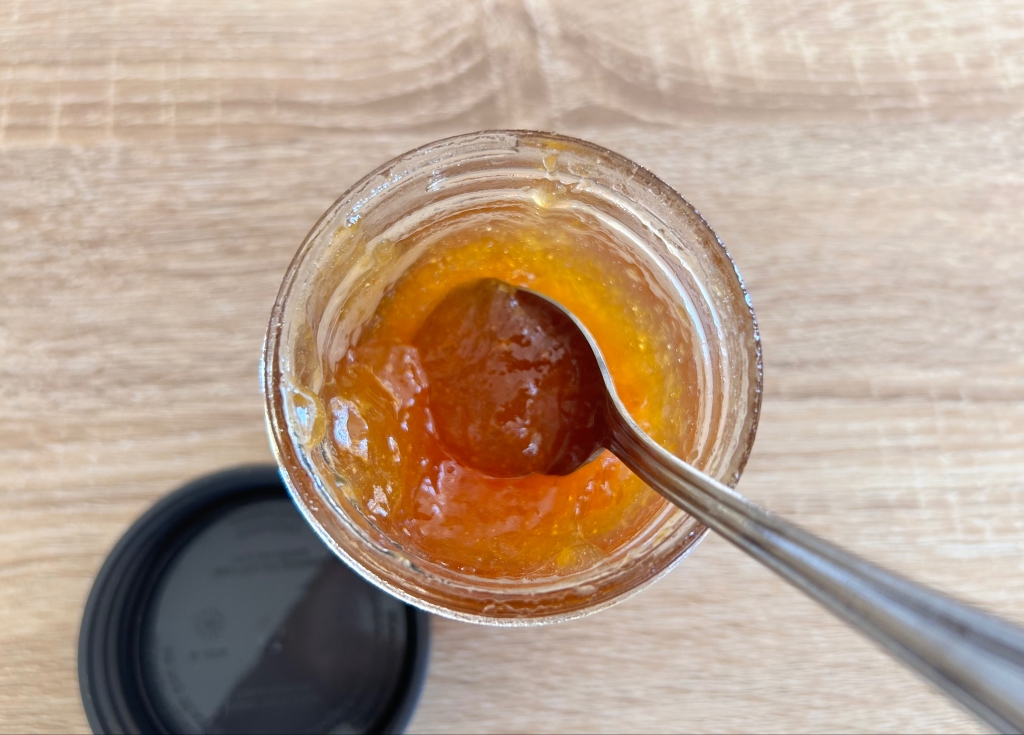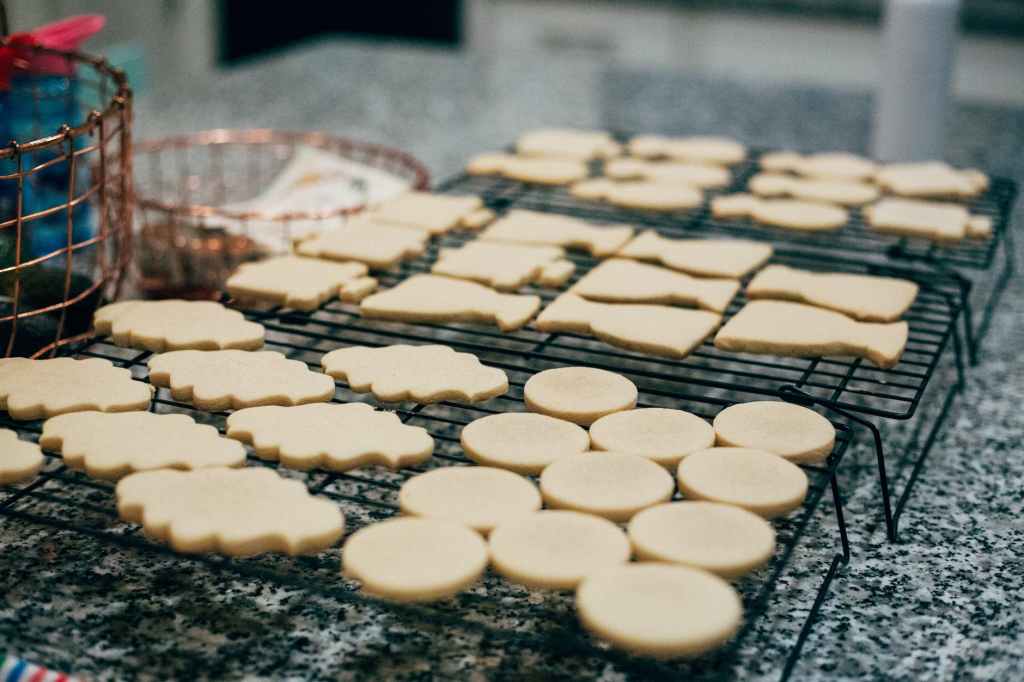Fats are a second major ingredient used for baking bread and bread-products. Fat can come in the form of butter, margarine, lard, oil or shortening. Fat can also provide flavor, determine the texture of the baked good and assist with leavening.
When baking, you’ll discover fats will shorten or tenderize the gluten strands in the flour and increase the volume and lightness of the dough. Read gluten meaning – what is it, side effects and intolerance to understand its role in baking.
Fats can also leaven cake batter and incorporate air bubbles into the mixture. This is due to fat breaking down into small particles when added to the mixture and moving into the gluten network to tenderize the protein and incorporate air bubbles.
What are the 4 Fats We Use In Baking?
Shortening can be made for general purposes, emulsified or specialized for use in heavy-duty fryers. Its produced using a hydrogenation process and its main purpose is to shorten or tenderize the gluten strands in the dough. Shortening is a solid, all-white, colorless and odorless fat is ideal for grease pan baking. The fat can be specially formulated using animal fats or vegetable oils and has a high melting point.
Shortening can be formulated with emulsifiers to help with moisture adsorption and leavening during the baking process. This type of fat is commonly used for commercial baking of cakes and frostings since they require large amounts of sugar.
Lard is solid white rendered port fat with small traces of water. The hydrogenated fat is favored in baking because of the flavorful and flaxy texture that is produced. Baked goods such as pies crusts and other flaky pastries commonly use lard for dough preparation. However, this fat is limited to home baking because of its short lifespan and likeliness to become rancid within a short period of time.
Butter is an ingredient highly favored by chefs and home bakers. It even has its own United States Department of Agriculture (USDA) label to assure consumers of its quality prior to purchase. See table below to learn the USDA grades for butter. This flavorful fat is produced by churning whole milk to produce whole butter. Whole butter has a low melting point and therefore burns easily than other fats. This fat can be formulated with or without salt but is commonly used unsalted in baking because of its freshness and compatibility with most ingredients. Additionally, butter can be formulated following a European process, whipped or clarified.
Table 1. USDA Grade for Butter
| USDA Grade | Quality | Characteristics |
| AA | Superior | Smooth creamy texture Good spreadability |
| A | Very Good | Fairly smooth texture |
| B | Standard | Lacks flavor, texture and body For commercial use only |
European-styled butter is whole butter formulated with more milkfat, ranging between 82 to 86%. This butter is produced using cultured cream rather than whole milk to give a more intense and buttery flavor.
Whipped butter is made by incorporating air into the butter to produce a spreadable and voluminous texture. The butter is commonly used for topping or table spread (i.e., pancake butter spread).
Clarified butter is butter without water and milk solids. It is prepared by melting unsalted whole butter over low heat without boiling or agitation until the milk solids rise to the top as foam and the water sinks to the bottom. The foam is then gently removed from the melted butter and the butter is transferred to a separate container leaving the water behind in the pan. By removing the water from the butter, clarified butter can be stored for longer periods of time in the freezer or refrigerator since it has little to no risk of becoming rancid.
Margarine, outside of butter, is the most used form of fat for baking. It is produced by hydrogenation of vegetable or animal fats or combination of fats, flavorings, emulsifiers, preservatives and vitamins. Like butter, margarine contains approximately 80% fat and 16% water but has a slightly higher melting point ranging clocking in at 94 °F. Its ideally used to prepare pastry dough for croissants, apple cobbler, etc.
Oil is a fat liquified at room temperature (72-75 °F / 22-27 °C). Rather than breaking into small or smaller pieces, like butter, oil is capable of completely blending throughout the mixture. Once incorporated, oil functions by coating and shortening more gluten proteins in the network to produce fine-textured products for muffins and chiffon cakes.
What is the Melting Point of Fat and How It’s Useful in Baking?
Fats melt between 88 to 120 °F (31 to 49 °C). As fats melt during baking, water evaporates while air and steam expand by pushing on the cell walls to escape from the fat. This air expansion contributes to leavening by increasing the volume of baked good. See the table below to learn the melting point for fats.
What are the Healthiest Fats to Eat?
The worst type of fat are trans fats, also known as hydrogenated oils. This includes shortening, lard, butter, margarine and most oils used for baking. Baked goods should never be consumed in large quantities for long periods of time. A diet rich in trans fats can lead to cardiovascular disease and significant weight gain. Maintaining a diet with proper balance of fat will lead to heart health and lower the risk of cardiovascular disease.
Which Fats are Harmful?
Trans fatty acids, known as trans fats, are considered the worst type of fat to eat. The fat lowers heart health and increases the risk heart disease by lowering high-density cholesterol (HDL, “good” cholesterol) and raising low-density lipoprotein (LDL, “bad” cholesterol).
What are the Best Brands to Use for Fat When Baking?
Shortening – Nutivia Organic Shortening is a climate friendly shortening used for baking. It is plant-based shortening made with blends of red palm oil and coconut oil. There are no trans fats in this shortening since it is non-hydrogenated, cholesterol-free and vegan qualified.
Lard – The best lard in town is South Chicago Packing Traditional Lard Shortening. Made with 100% rendered pork fat, you’ll get the flaky and flavorful pie crusts and scones.
Butter – As mentioned earlier, butter quality is determined by the USDA grade. Grade AA will give the highest quality of butter when it comes to smoothness, spreadability, flavor and texture. Since I bake just about everything from scratch, I buy butter in bulk from Costco. Costco sells Kirkland unsalted butter in bulk at a reasonable price. However, if you’re not a Costco member, ghee butter is the next butter in line with the highest quality.
Margarine – When I use margarine, I reach for Land O Lakes Unsalted butter for baking rather than coconut butter. I don’t want coconut flavoring in my baked good, so I grab the stick for easy measuring rather than the tub of spreadable “butter”. Use it to prepare your next pastry dough rather than lard for your dessert.
Oil – As with oil, vegetable oil made with canola or soybeans is my go-to oil for baking. I use this oil rather than other oils like coconut oil to eliminate coconut flavoring in my baked good.
What is the Melting Point of Fat and How It’s Useful in Baking?
Fats melt between 88 to 120 °F (31 to 49 °C). As fats melt during baking, water evaporates while air and steam expand by pushing on the cell walls to escape from the fat. This air expansion contributes to leavening by increasing the volume of baked good. See the table below to learn the melting point for fats.
Table 2. Melting Point for Fats
| Type of Fat | Melting Point | |
| Fahrenheit (°F) | Celsius (°C) | |
| Whole Butter | 92-98 | 33-36 |
| Clarified Butter | 92-98 | 33-36 |
| Cocoa Butter | 88-93 | 31-34 |
| Lard | 89-98 | 32-36 |
| Solid Margarine | 94-98 | 34-36 |
| All Purpose Shortening | 120 | 49 |
| Emulsified Vegetable Shortening | 115 | 46 |
| Heavy-Duty Fryer Shortening | 97-107 | 36-42 |
Summary: Types of Fat and Their Uses in Baking
- Fats make a significant contribution to the overall texture, flavor, and quality to baked goods.
- Several types of fat are used for baking which include shortening, lard, butter, margarine and oil.
- Butter is the most used fat in home and commercial baking while shortening is typically favored for commercial uses.
- Butter is categorized into 3 grades by the USDA and formulated using various manufacturing processes.
- Fats melting points that contribute to leavening of the mixture and overall texture of baked goods.
- Trans fats are the unhealthiest fats for consumption. Maintaining a proper diet of fats can improve heart health by lowering the risk for cardiovascular disease.
Want to Learn More?
Is there anything else you’d like to know about baking and wish it was included in this article? Let us know by leaving a comment below.
References:
Labensky, S.R. & Hause, A.M (2003). Principles of the Bakeshop (pp. 926-929). In S. Helba and V.R. Anthony (Eds.) Oncooking: A Textbook of Culinary Fundamentals. Third Edition. Pearson Education
Fats melt from how baking works by Paula Figoni. ckbk. (n.d.). Retrieved February 21, 2023, from https://app.ckbk.com/section/howb92676c03s005ss001/1-fats-melt
Katherine Zeratsky, R. D. (2022, December 1). Butter vs. margarine: Which is better for my heart? Mayo Clinic. Retrieved February 21, 2023, from https://www.mayoclinic.org/healthy-lifestyle/nutrition-and-healthy-eating/expert-answers/butter-vs-margarine/faq-20058152
Subscribe for more posts like this
About Gabby…
Gabby is a hobbyist who enjoys baking for family and friends. She created this blog to provide a comprehensive guide to baking for the everyday baker. Follow her on Reddit, Pinterest, Tumblr, Facebook, or become a member of the Blabby Gabby community to get the latest information where she will discuss fundamentals, recipes, historical facts or other content related to baking quick breads, yeast breads and pastries.
Disclosure: Please note that some of the links in the article below are affiliate links. Other links are internal links that connect you to in-depth content, within the blog, that relate to the topic of discussion. The affiliate links are no additional cost to you, and I’ll earn a commission if you decide to use one of the affiliate links listed in the article for your personal use. Know that my goal is to provide you with quality content and only recommend the products and services I’ve personally used, researched and stand behind. If you use one of the affiliate links, then the company will compensate me. This compensation helps me run this blog and keep my in-depth content free of charge for readers (like you).

